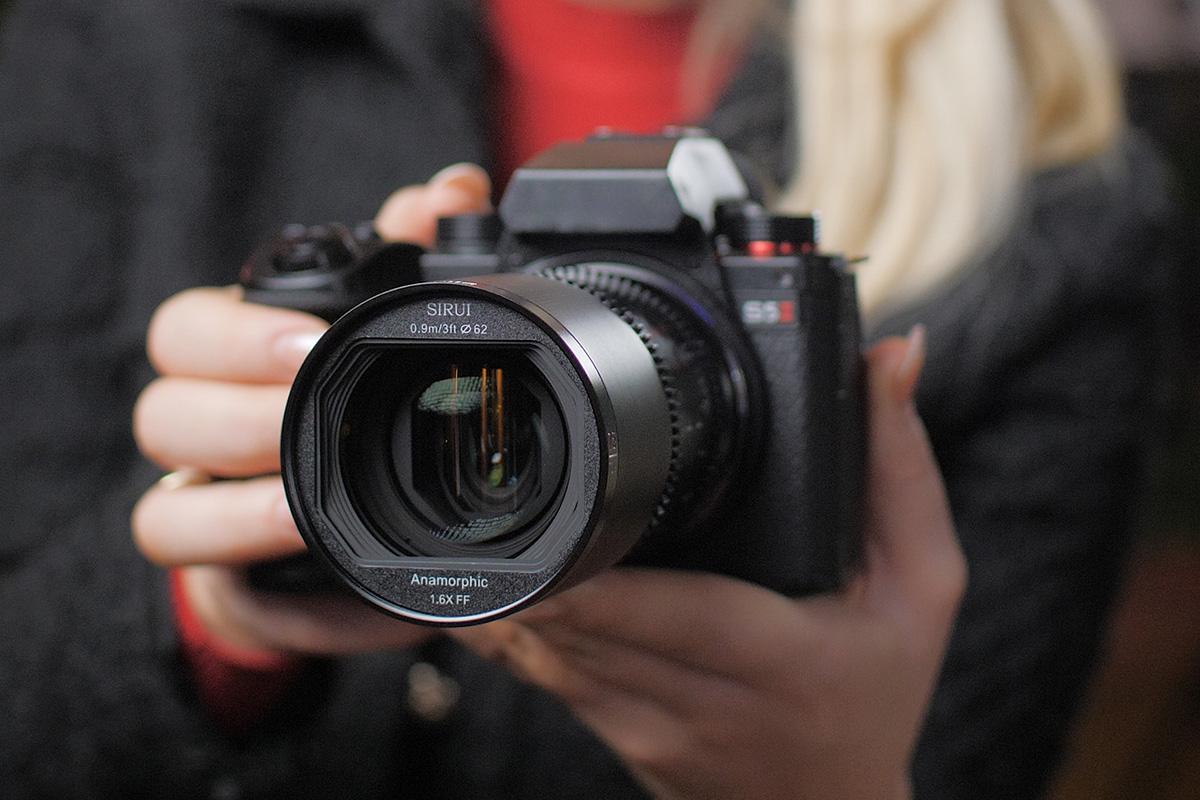Are you now looking for suitable lenses for your camera? Still unsure which lenses with E-Mount are ideal for your camera? If you have read this, you will get the answer.
For beginners, it should be clear above all that there are various camera mounts for different cameras. E-Mount is a special camera mount for mirrorless system cameras. E-Mount supports both full-frame sensors and APS-C sensors. And lenses with E-Mount have many advantages, including maximum compatibility, high performance, and portability.
When selecting lenses with E-Mount, you should pay attention to the following questions. First, it is important to know which sensor your camera has, full-frame sensor or APS-C sensor. Then consider what you need the lens for. Accordingly, choose the appropriate focal length and aperture.
1. Attention: Full-frame or APS-C
The sensor is considered the "eye" of the camera, responsible for capturing light and converting it into image data. The sensor plays a significant role in lens selection.
A full-frame lens is suitable for a full-frame camera, and an APS-C lens is ideal for an APS-C camera. When photographing with an APS-C camera, a full-frame lens also works well. Thanks to the larger image circle, the full-frame lens can cover APS-C. This improves image quality, while the focal length must be multiplied by 1.5×, which is advantageous in the telephoto range.
However, when shooting with a full-frame camera, an APS-C lens cannot be used. The image circle of an APS-C lens is not large enough to cover full-frame, which can lead to vignetting.
The SIRUI Saturn 35/50/75mm T2.9 1.6x anamorphic carbon full format lens is specially designed for the highest demands in the mobile cine sector. With a 1.6x anamorphic distortion, the lens produces impressive, cinematic images in cinema quality – without vignetting, even on full-frame sensors.
The front tube made of ultra-light carbon fiber not only gives the lens exceptional stability but also reduces the weight of each model to under 500g – ideal for creative use on the go. Whether handheld, on gimbals, drones, or with the DJI Ronin 4D: The Saturn series is your first choice when mobility, performance, and cinematic look are required.
2. Choice of focal length
When photographing, the choice of focal length is based on specific shooting needs.
If you have a full-frame camera and mostly do portrait photography, the 85mm lens is a good choice, considered the king of portrait photography. The small angle of view is excellent with a large aperture for shallow depth of field, making the main subject creatively stand out. But if your camera is APS-C, the 56mm APS-C lens is suitable.
Now let's take full-frame cameras as an example. For everyday shots, the 50mm focal length lens is ideal. It is classic among all lens types and the image effect resembles the human visual impression. It is also quite good for beginners. When photographing landscapes, a wide-angle lens is an ideal choice because it can capture wide scenes.
A zoom lens is also a nice alternative, featuring a variable focal length. With a variable focal length, you can adjust it as needed.
3. Choice of aperture
The aperture directly influences the depth effect and image quality. When shooting, it is necessary to choose a suitable aperture to make satisfactory photos.
The larger the aperture, the more light enters, the shallower the depth of field, and the blurrier the background. When choosing lenses, one should select a suitable aperture according to needs.
Based on this, a large aperture from F1.2 to F4 is suitable for portrait photography. With a blurred background, the subject stands out clearly. Thanks to the large aperture, it can also create exceptional images in poor lighting conditions. A medium aperture allows a good balance between depth of field and image quality, which is ideal for normal shooting. A small aperture ensures a sharp background, which is suitable for landscape photography.
Conclusion:
Lenses with E-Mount are characterized by high openness because they can be produced by many manufacturers. When selecting lenses with E-Mount, one should decide flexibly according to needs – both the appropriate aperture and focal length are important. It is important to know that APS-C lenses are not compatible with full-frame cameras and cannot be used with them.





